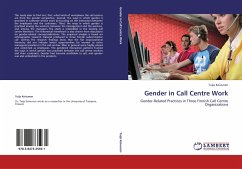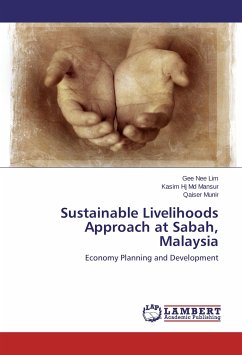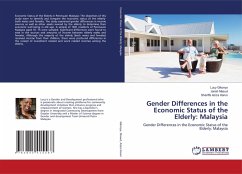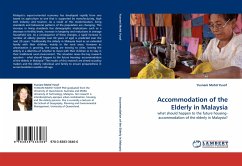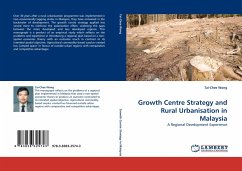
Growth Centre Strategy and Rural Urbanisation in Malaysia
A Regional Development Experience
Versandkostenfrei!
Versandfertig in 6-10 Tagen
52,99 €
inkl. MwSt.

PAYBACK Punkte
26 °P sammeln!
Over 30 years after a rural urbanization programme was implemented in two economically lagging states in Malaysia, they have remained in the backwater of development. The growth centre strategy applied has served more to reinforce the polarization effect, widening the gaps between the more developed and less developed regions. This monograph is a product of an empirical study which reflects on the problems and experience in introducing a regional plan based on a non-spatial economic theory with an outcome much in contrast to its intended spatial objective. Agricultural commodity-based surplus ...
Over 30 years after a rural urbanization programme was implemented in two economically lagging states in Malaysia, they have remained in the backwater of development. The growth centre strategy applied has served more to reinforce the polarization effect, widening the gaps between the more developed and less developed regions. This monograph is a product of an empirical study which reflects on the problems and experience in introducing a regional plan based on a non-spatial economic theory with an outcome much in contrast to its intended spatial objective. Agricultural commodity-based surplus created has jumped space in favour of outside urban regions with comparative and competitive advantages






